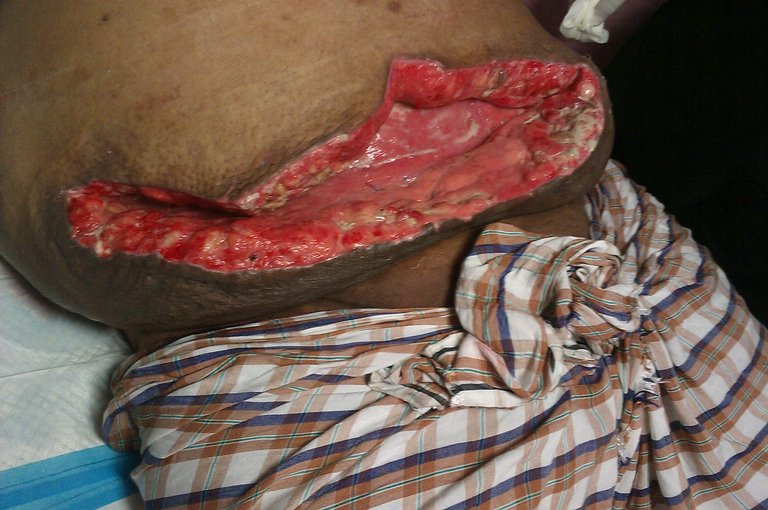Swedish doctors made a breakthrough in treating poorly healing skin injuries. They used genetically modified bacteria that release a healing protein and increase the rate at which the wounds heal.
Source: Wikimedia Commons
The treatment of poorly healing injuries cost full three percent of all health expenditures in developed countries. That’s quite a lot of money. And as populations get older the problem with poorly healing injuries is only getting worse. The patient's condition can also be worsened by infections, in the worst case by antibiotic-resistant bacteria. That’s why a Swedish study which presented a pretty simple but surprisingly effective way that can help with treating many chronic injuries. It’s based on a quite ordinary intestinal microbe.
The Lactobacillus reuteri bacteria is one of the most common residents of our intestines. And it lives not only in human but in many different animals as well. Having it in your intestines is a good thing as it is a part of a healthy intestinal microflora. That’s one of the reasons it is being used to treat intestinal illnesses. And now microbiologists and doctors from the Uppsala University in Sweden have taken it and changed it into a revolutionary remedy to treat chronic flesh wounds. First gene engineers took the bacteria and inserted a human gene called CXCL12 which used to create a protein molecule called chemokine. This protein is normally produced in wounds that heal. But sadly, because it is quite the miracle protein, it lasts only for a short time and very little of it is produced. But the genetically modified bacteria produce chemokine CXCL12 in large quantities. When applied to wounds, the chemokine would mobilize the immune system which would then start repairing the damaged tissue. This had a profound effect on the rate of healing.
So far the scientists tried the healing bacteria on healthy lab mice, lab mice with diabetes or blood circulation disorders (which both make healing of wounds much harder) and on laboratory cultivated human skin. The next step is to try this treatment on pigs. And if that goes well a clinical study with humans may begin. For example with people who suffer from leg ulcers, diabetics with non-healing open wounds or burn victims. And if all that goes well, the scientists think it could be used even to treat people with eczema, psoriasis and other skin illnesses.
Sources:
Yuck, what the freaking hell is that injury?
Congratulations @scisteem! You have completed some achievement on Steemit and have been rewarded with new badge(s) :
Click on any badge to view your own Board of Honor on SteemitBoard.
For more information about SteemitBoard, click here
If you no longer want to receive notifications, reply to this comment with the word
STOP